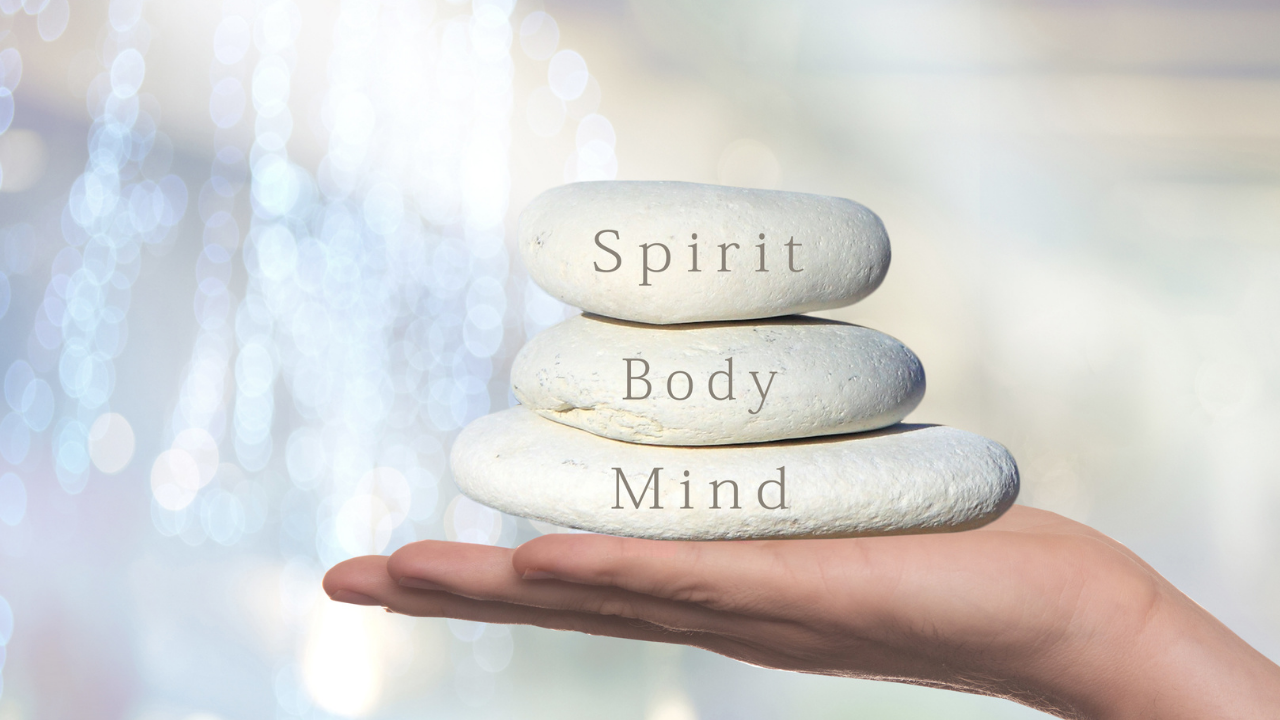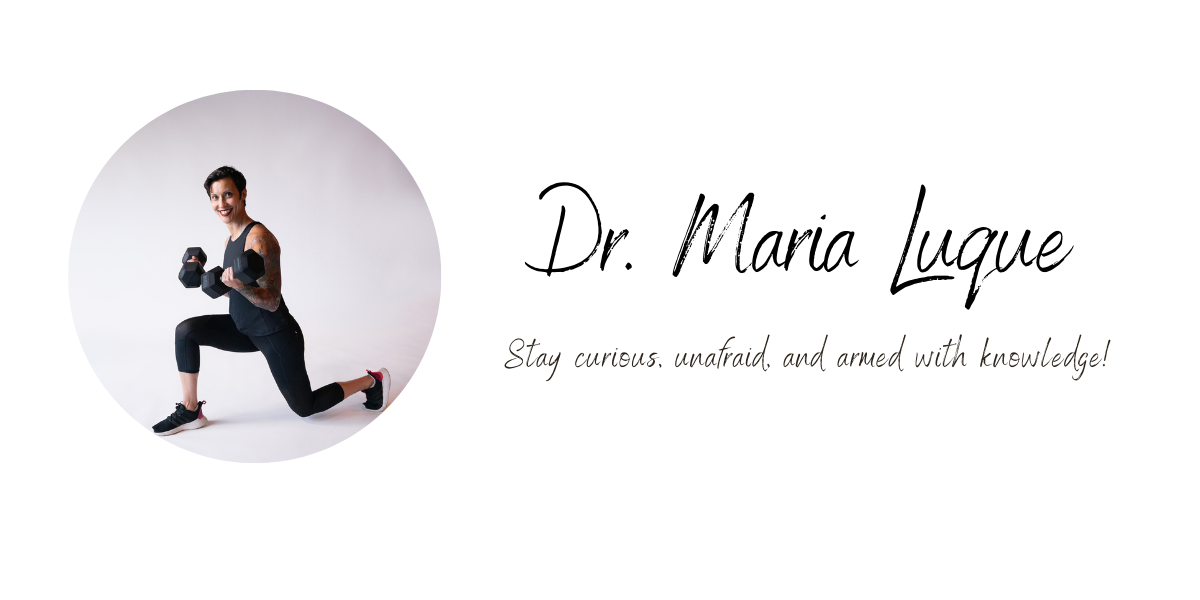Mindfulness Helps With Menopause Symptoms
Dec 08, 2021
In a world full of a “workout more”- mentality, finding the time or even the reason to practice mindfulness exercises seems challenging. Still, research indicates that including mindfulness training such as mindfulness-based stress reduction, yoga, tai chi, breathing, meditation, and progressive muscle relaxation (a technique for reducing stress by alternately tensing and relaxing the muscles) can be very beneficial in alleviating and managing menopause symptoms as well as increase menopause-specific quality of life.
Mindfulness-based stress reduction is based on the concept that you become better at recognizing thoughts, feelings, and stressful sensations and having ways/strategies in place to be aware of them but not react to them. In studies, MBSR significantly improved quality of life, anxiety, sleep, and perceived stress. It is important to note that most of these studies indicated that the occurrence of symptoms, for example, the number of hot flashes, may not have been affected. Still, the ability to cope with them improved their quality of life. Conclusion: it isn’t about eliminating perceived negative situations and experiences but rather the ability to deal with them. It’s an attitude change, and studies also show that women that have a more positive attitude about menopause rate their quality of life higher, not because they have fewer symptoms but because they are not as bothered.
Most significant benefits of mindfulness-based training:
- Studies have shown great benefits (psychologically and physiologically) to those practicing it
- Costs are low to none when compared to other modalities
- It can be practiced anywhere without any specialized equipment,
- It can be practiced for a few minutes at a time.
- Dr. Jenn Wolkin, the author of Quick Calm, emphasizes the benefit of this by saying, “The thing about five minutes is, it’s more than zero minutes. Mindfulness—even in small doses—adds up, especially when it’s practiced every day.” She goes on to mention that “practicing five minutes a day has a bigger payoff for your well-being over the long term than practice for one hour once a week.”
Like exercise, consistency is the key to long-lasting results. Rather than focusing on having to do longer and harder sessions at the gym but only being able to do that 2-3 times per week, change your way of thinking to do less but more often regularly. You’ll be more successful.
So what are some ways you can incorporate mindfulness into your day?
Learn how to breathe
This may sound silly because we breathe all day, but there is a big difference between breathing to survive and breathing for therapeutic reasons, such as to relieve stress, improve focus, and positively affect immune function and hypertension. When you truly know how to take a deep breath, you will feel its benefits. The best way to get a full deep breath is to use diaphragmatic breathing. If you’re new to this type of breathing, try incorporating it into your day as your moment of mindfulness. You can also use it in times of high stress or when you feel overwhelmed.
Diaphragmatic breathing (source: Quick Calm - Dr. Jenn Wolkin)
- Practice Set a timer for five minutes.
- Gently close your eyes or just soften your gaze.
- Keeping your mouth closed, take a slow deep breath in through your nostrils. While you do so, gently allow your abdomen to fill as if it were a balloon being inflated with air.
- Hold your breath for a few moments.
- Slowly and fully exhale through pursed lips. While exhaling, pull your abdomen back toward your spine as if it were a balloon being emptied of air.
- After your exhale, take a few moments to pause and notice—without judgment—how you feel.
- When you are ready, repeat the inhale and exhale in the same way as before, and begin to find your own natural rhythm of inhaling, hold…exhale. Pause. Repeat.
- As you get into a rhythm, notice the sensation of breathing. Feel your breath going in through your nostrils and out through your pursed lips. Identify where the sensation of breathing feels most prominent.
- Continue to sustain your attention on the movement of the inhale and the exhale.
- Don’t try too hard. Be with your breath as gently as you can. See if you can even let go of any thoughts and relax into the breath. Continue to gently breathe in…hold…gently breathe out. Pause.
- If your attention wanders, just notice where it goes, and gently redirect it back to the sensation of breathing.
- When the timer goes off, repeat the cycle one more time: Inhale, hold…exhale. Pause.
- Take a moment to notice—with curiosity and without judgment—how you feel.
- When you are ready, open your eyes slowly, if they were closed, and return to your natural gaze.
Include yoga and tai chi into your weekly exercise schedule
Including mindfulness exercise types into your routine provides you with a combination of mind and body engagement while adding variety. Considering that there are many hybrid yoga and resistance training classes available now, it may be more beneficial from a mindfulness perspective to focus on classes that have mindfulness and meditation at their core, rather than more physical strain.
Meditate
The goal is to be present in the moment without any judgment or expectation. A lot of people find guided meditation to be the easiest to incorporate because of the prompts and guidance that are provided by a third party. That’s why the meditation app market has grown so much over the last few years. If you’re not into downloading another app onto your phone or really want to disconnect from your devices (yay to you!), here are few tips on how to meditate:
1) Find a place that is quiet
You can sit or lay down. Whatever feels most comfortable and relaxing to you.
2) Set a time limit
There is no rule on how long your meditation should be but as a beginner, aiming for 5-10 minutes might be a good start. Once you get comfortable with it, you may want to extend it to whatever time frame is beneficial to you.
3) Notice your breath
Allow your breath to be effortless and smooth
4) Let your thoughts come and go
The mind will inevitably wander but rather than obsessing over “emptying” your mind, be kind to yourself and let your thoughts come and go. Don’t hold on to them. Try to focus your attention on your breath to bring your wandering mind back.
5) Finish slowly
When you’re ready, take a moment to notice your surroundings, how your mind and body feel.
The main takeaway is that there is no right or wrong way to include mindfulness in your life. The point is to find ways that let you check in with yourself and offer the opportunity to be present in the moment. This could be done via yoga, tai chi, breathing, stretching, meditation, or any other way that lets you take a moment for yourself.



